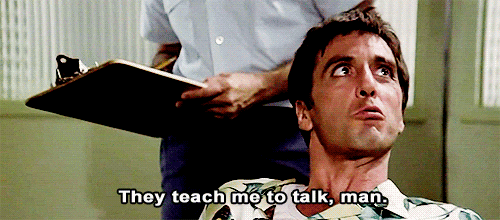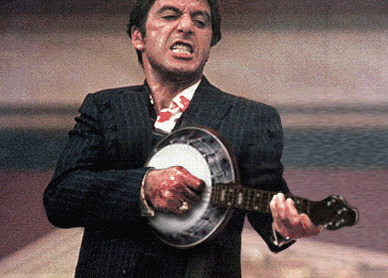

“Of course it's costly, but is it more costly than having to replace your entire home? Probably not,” said Sally Greenberg, CEO of the National Consumers League, a consumer advocacy organization. This can be done through updates like strategic landscaping or the installation of fire-resistant roofing. Homeowners – especially those who live in areas at-risk for natural disasters like wildfires – can lower their premiums by showing their insurers that they’re taking steps to mitigate risk. “If they let you cut other structures and you don't have any, then that's a great plan.” Prepare your home for the worst What's most important is that I have adequate coverage on my dwelling so I can put a roof back over my head,” said Amy Bach, executive director of United Policyholders, a consumer advocacy group. Homeowners can also check in with their insurer to see if they can save money by dropping coverage on nonessential items.įor example, not every homeowner may need structures coverage, which helps repair or replace property not connected to the home like sheds, fences and detached garages. Insurers tend to cut deals for homeowners who bundle their insurance, so advocates suggest finding a provider that can insure multiple items like your home and car. Home insurance: The dull way Americans are being forced to care about climate change risk: Insurance Bundle your insurance or cut out nonessential coverage “Make sure you understand what you're getting and what you're giving up when you seek out some savings.”

The alternative form of coverage, actual cash value (ACV) policies, bases reimbursements on the depreciated value of the damaged property, which means a homeowner with a 15-year-old roof will get less coverage than an owner with a new roof with the same damage.ĪCV policies "save people money on the front end, but when you have a serious claim, they reduced the value of your damage by depreciation,” Heller said. He suggests shopping with insurers that are protected by a state guaranty fund, which pays out claims if an insurance company is insolvent, and those that offer replacement cost policies. “Around most of the country, once you do all those three avenues, you're often likely to find a better price,” Heller said. Heller recommends researching home insurance prices three ways: online, with an agent at a brand-name company, and through an independent agent that represents a number of insurers. And the options are more limited.”Ĭonsumers can take steps to lower their insurance premiums.

The coverage is getting more restrictive. “The home insurance market is getting more expensive. Though certain areas are more at risk for the effects of climate change, “this is a national issue,” said Douglas Heller, director of insurance for the Consumer Federation of America, a nonprofit advancing consumer interests.

On average, nationwide, premium home insurance rates increased roughly 21% in that time frame. And Farmers Insurance has stopped writing new homeowners policies in hurricane-prone Florida to “effectively manage” risk exposure, according to a statement from the company.įlorida and Texas – two states disproportionately affected by climate change – saw home insurance premiums increase 57% and 40%, respectively, since 2015, according to data from data and analytics provider LexisNexis Risk Solutions. Insuring a home isn't as easy as it used to be.Īllstate and State Farm are no longer providing coverage to new customers in California, citing rising costs and wildfire risks.


 0 kommentar(er)
0 kommentar(er)
